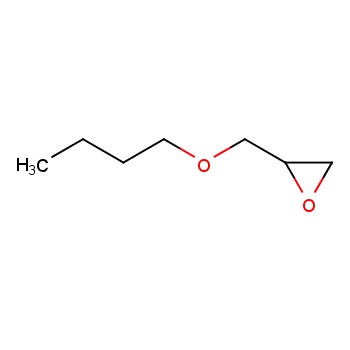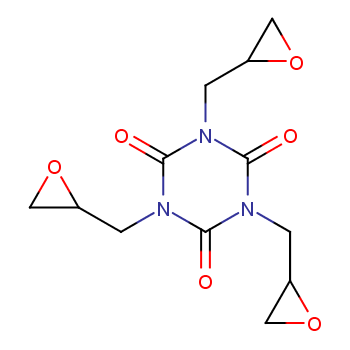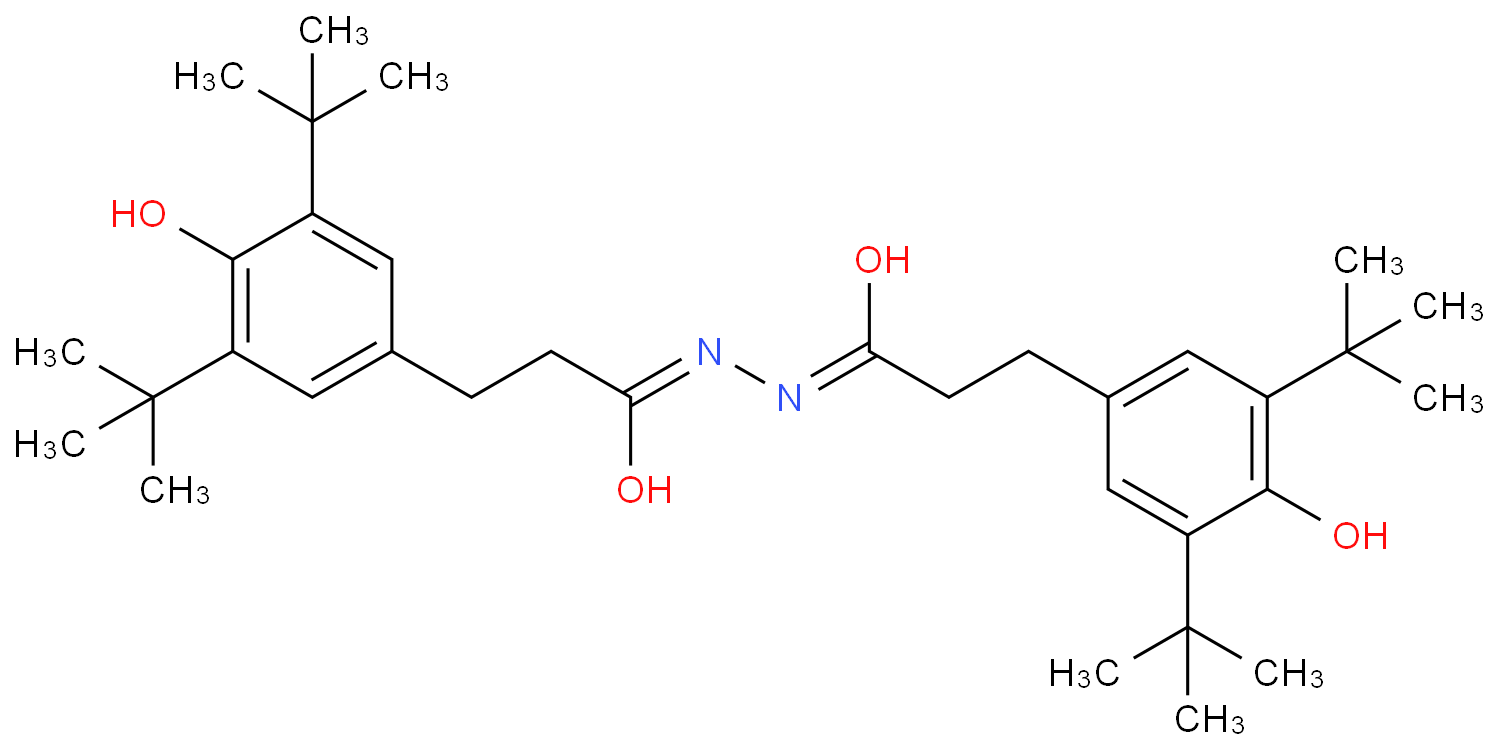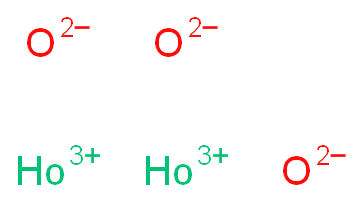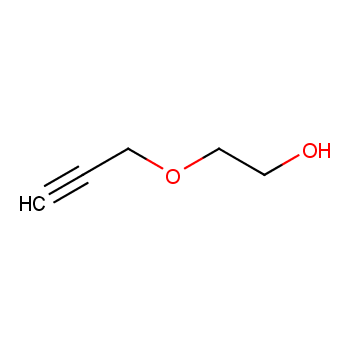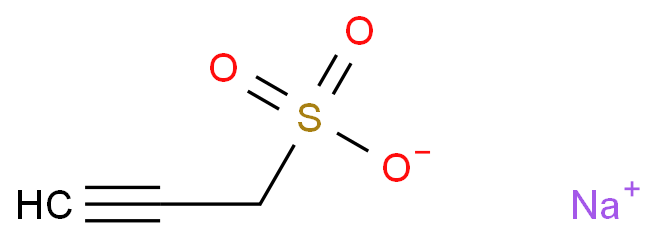Electrical insulating varnish, also known as electrical insulating enamel or electrical insulation coating, is a type of protective coating used in the electrical and electronics industry to insulate and safeguard various components and equipment from electrical currents, moisture, chemicals, and other environmental factors.
Usage of Electrical Insulating Varnish products
Electrical insulating varnish is applied to various electrical components to provide insulation, protection, and enhancement of their performance. Some common applications include:
Wires and Cables: Insulating varnishes are used to coat the wires and cables in electrical systems. This prevents the wires from coming into contact with each other or with other conductive materials, reducing the risk of short circuits.
Coils and Windings: Coils and windings in devices such as transformers, electric motors, and generators are coated with insulating varnish to prevent the turns of wire from touching, which could lead to electrical breakdown.
Transformers: Electrical transformers have coils and windings that require insulation to manage voltage differences. Varnish helps maintain the isolation between these windings and ensures the transformer's efficient operation.
Printed Circuit Boards (PCBs): Varnishes are used to insulate and protect the conductive traces on PCBs from environmental factors and possible short circuits.
Electronic Components: Insulating varnishes are also used to protect sensitive electronic components from moisture, dust, and other contaminants.
Attention for Electrical insulating varnish
Dipping is a common method where the electrical component is immersed into a container filled with insulating varnish. The varnish adheres to the component's surface, creating a uniform coating. Excess varnish is usually allowed to drip off, and the component may be subjected to additional processes like draining or controlled drying.
The curing process is crucial because it transforms the initially liquid or semi-liquid varnish into a solid and reliable insulating layer that effectively protects the electrical component.
Proper application and curing are essential for the long-term effectiveness of the insulating varnish. Manufacturers often implement quality control measures to ensure uniform application and complete curing. This can involve checking the coating thickness, adhesion, and dielectric strength of the finished product.
+more
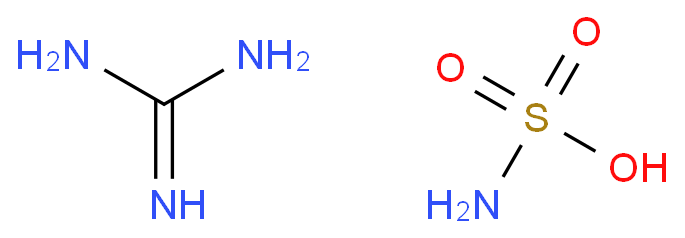
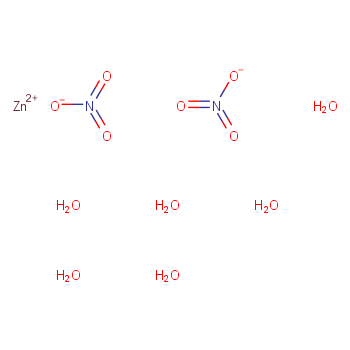
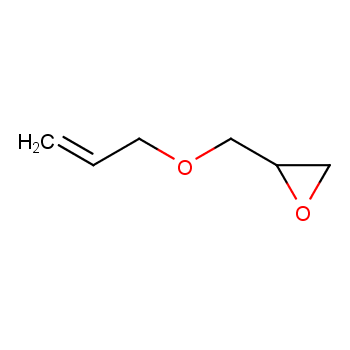
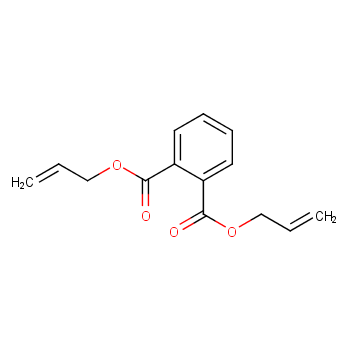
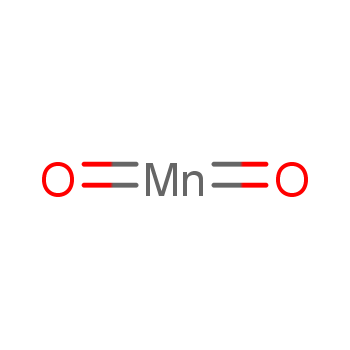

![2-[(2-Methylphenoxy)methyl]oxirane; 2210-79-9 structural formula](https://structimg.guidechem.com/8/44/10063.png)
